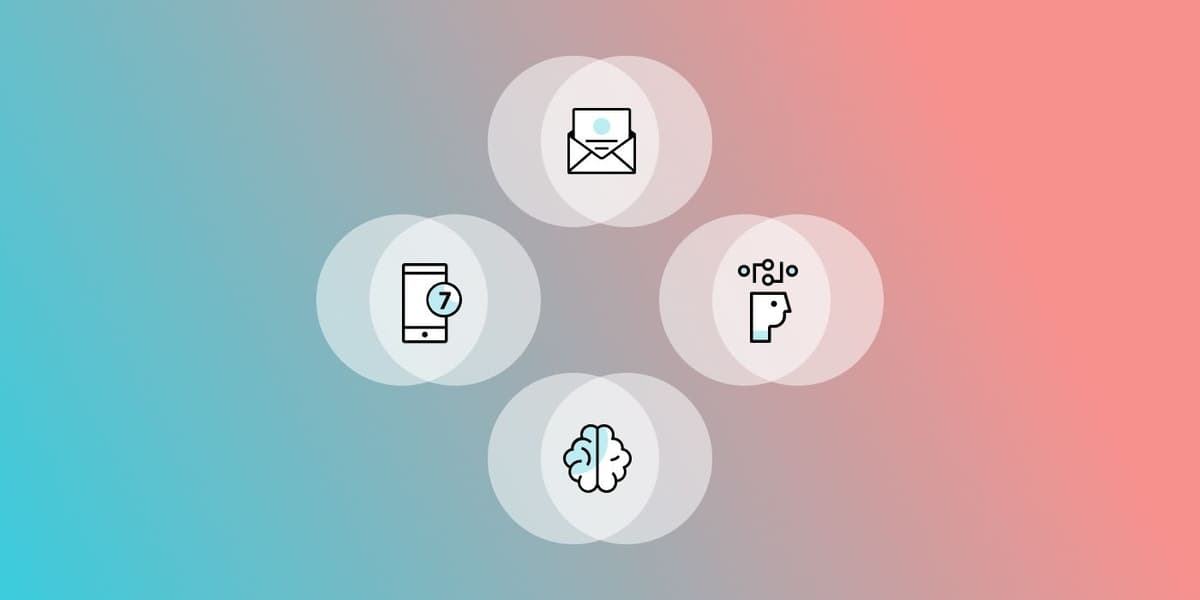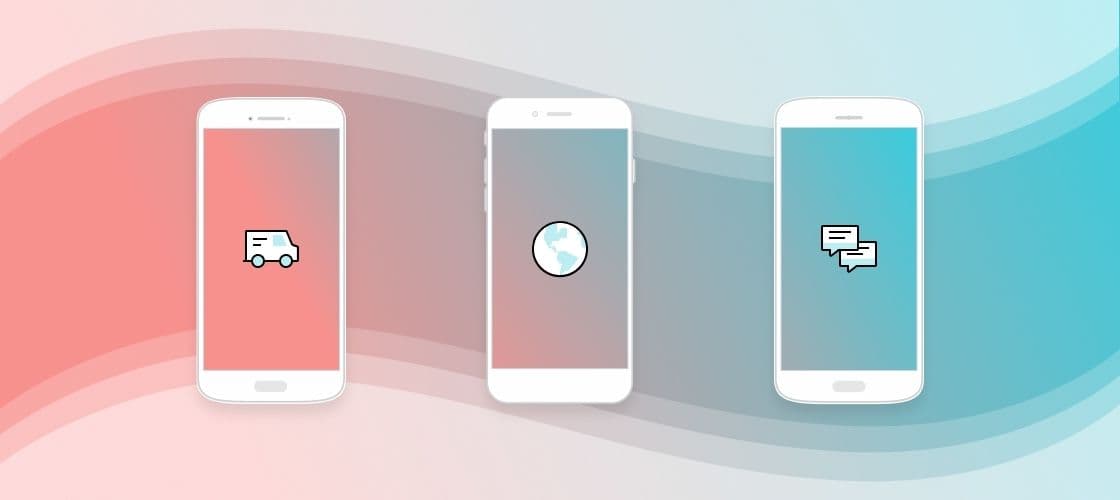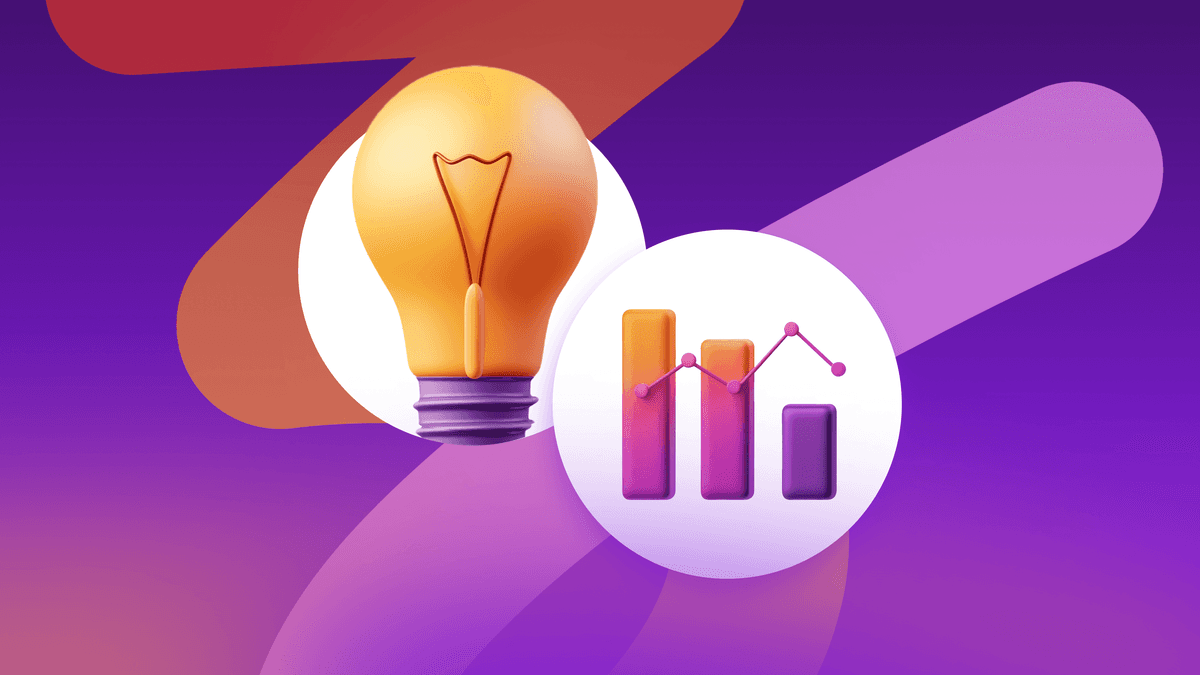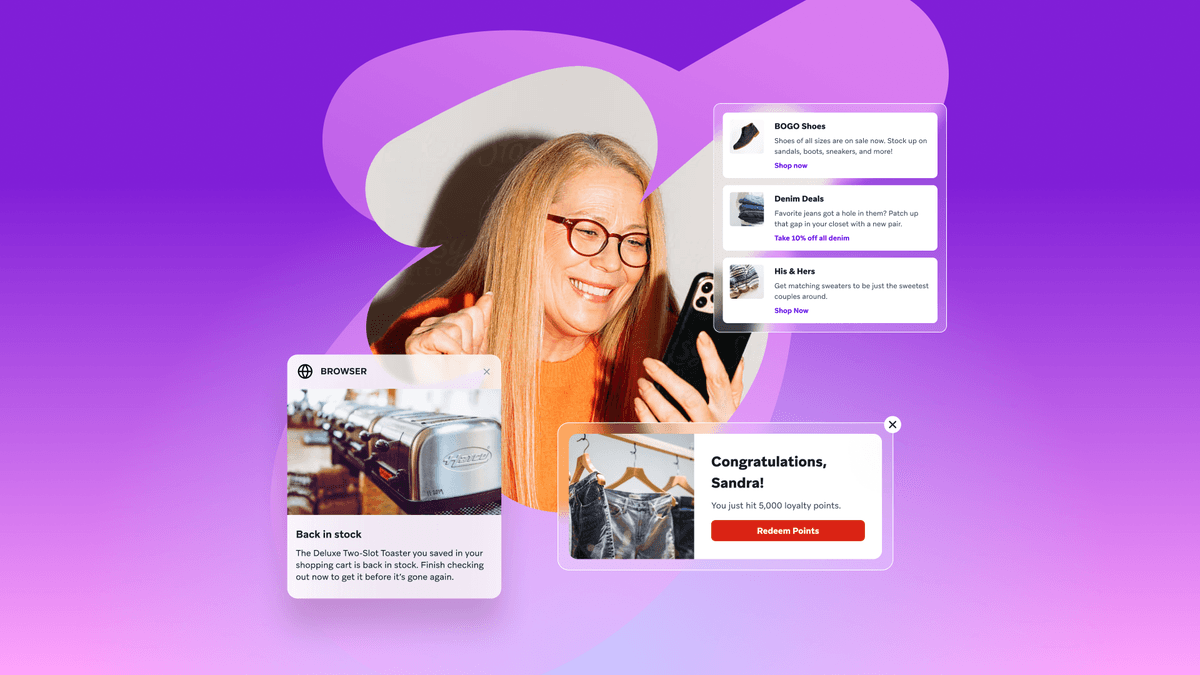Published on October 03, 2019/Last edited on October 03, 2019/7 min read


Everyone has their own unique relationship with email, one that changes and grows with this channel as it evolves. For me, it all starts with the day I got my first email address. I was 16 years old and growing up in India. Every time I wanted to check my emails, I had to walk over to the only internet cafe they had in my little town and wait in line for my chance to use a computer. Back then, I didn’t get a lot of messages—I only had three close friends and one of them didn’t even know what an email was.
But jump ahead 20 years and things look pretty different. We have inboxes everywhere. We can access email from anywhere, at any time. Half the world's connects using email and there were more than 281 billion emails sent and received worldwide each day, according to Statista. That number is only expected to grow—and could be at nearly 350 billion emails per day by 2023.
When I was checking my inbox at 16, I was doing it on a desktop computer, just like the majority of people back then. But today email isn’t just served up on desktop: You can check your email on your laptop, on your tablet, on your smartphone, your smart watch, or even the smart speaker sitting in the middle of your living room. The email experience has fundamentally changed—and it’s changing the way we interact with the emails we receive. The device you choose to use to check your email determines the experience you have with it—highly visual emails don’t stand out when Alexa’s reading it to you while you cook dinner, and emails that don’t look good on smartphones are a problem when more than 55% of emails are read on mobile devices.
Beyond email, we’re seeing inboxes becoming a bigger and bigger part of customer messaging. From established channels like SMS to mobile-focused chat applications like WhatsApp and social inboxes like Instagram’s direct messages, we’re seeing the phone becoming the new inbox in a lot of ways.
As the number of devices and platforms and channels keep expanding, brands are finding themselves with more access to information about each individual user—data about who they are, what they buy, their favorite brands, how they engage (or don’t!) with the messages they’re sent, and a lot more. We’re talking trillions of data points! That data is incredibly valuable, but only if it’s used to provide more meaningful conversations with their customers. That’s why segmentation and personalization are so key to today’s marketing efforts.
When people think of personalization, adding customers’ first names to messages is often the first thing that comes to mind, but that kind of simple personalization has become table stakes in today’s world. Similarly, the kinds of elementary behavioral personalization you saw in years past—think sending messages about a particular product to segment of users who have purchased similar products in the past year—often isn’t responsive or targeted enough for the modern consumer.
Why? Picture a group of people who all bought hiking equipment from your brand in the last year. Sending them an email highlighting this year’s hiking gear might well backfire if, say, 25% of them decided they hated hiking after their first trip and decided to book a cruise instead and the other 75% were so into hiking that they ended up buying additional gear when they got back. The information you had was right and useful—but it isn’t going to remain useful forever...and, anyway, it wasn’t the only data that mattered about these customers.
To support really exceptional personalization—which I like to call “individualization”—you have to stay with your customer, follow their life more holistically, so that you understand every interaction they have with your brand and what it means for the future of your relationship.

That’s what happened when I started to search for an apartment here in London. The brand I was engaging with collected data on my apartment browsing and used it to inform their communications in a timely responsive way—most notably by triggering an email to let me know that an apartment I’d viewed two days earlier had seen a 10% price drop. (That’s a great value for London real estate!) The message was a fundamentally targeted, individually-focused email, something that added real value to my life and my renting experience. And to be able to end it, the brand had to follow through different moments of my life in order to understand that (1) I was still looking for an apartment, (2) I was still interested in apartments in this particular neighborhood, and (3) I was still looking at apartments in the same size range.
Because the company understood all that, the moment the price changed on my favorite apartment, I was notified. That’s the thing about this sort of information—it’s bound to change. People aren’t static and neither are their preferences. That makes capturing users’ real-time interests essential for this kind of “individualized” marketing; after all, what a customer is interested in could change completely in the course of an hour, and you need to keep up.
With all those billions of emails sent every day and all the trillions of data points of there that can potentially inform them, the question we really need to be asking ourselves is this: When should we humans be the ones deciding what to include in an email and when to trigger it, and when should we rely on automated technologies that can make some of those decisions for us?
In the marketing space, automation and artificial intelligence (AI) can make it possible to provide experiences with a greater degree of individualization—but these tools depend on your ability to capture real-time information about your users in an always-on, alway-updating live customer profile. But not every element of your marketing strategy can (or should) be delegated to the machines. At Braze, our philosophy is that people are better at some things and computers are better at others, and that the best customer engagement comes from a mix of man and machine.

For instance, there’s no easy way for a marketer to know what time one of their many customers prefers to receive emails. But with a tool like Braze Intelligent Delivery, our platform can calculate when each individual message recipient is most likely to engage and then automatically deliver emails during every person’s unique high-engagement window. By leveraging automation in a situation where data can provide a clear path, you can see a better click rate, a better open rate, and ultimately more conversions, all with no additional effort on the part of the marketer.
At the end of the day, every marketer is looking for ways to humanize and strengthen their brand’s relationships with customers at scale. Leveraging data to power personalized, responsive experiences is one of the best ways to make that happen. But while many of these approaches are new, it’s important to remember that email—our oldest digital channel—can benefit just as much from the use of these new tools and tactics as any emerging channel.
Email has stood the test of time. And no matter how many new devices are built, how new platforms may evolve, email marketing is here to stay. Want to dig deeper into what it takes to send great emails? Check out “Emails on Email,” our interactive look at modern email marketing and where it’s going.
Sign up for regular updates from Braze.





